This article by Mike Evans appeared first in the Winter 2021 edition of the Leica Society’s Magazine. All photographs by TLS member and Macfilos contributor, Tom Lane
Just what is behind the apparently timeless appeal of the M9, Leica’s first full-frame digital rangefinder, and its monochrome sibling? Why, twelve years after the introduction of the range, are some examples still selling for over £3,000?
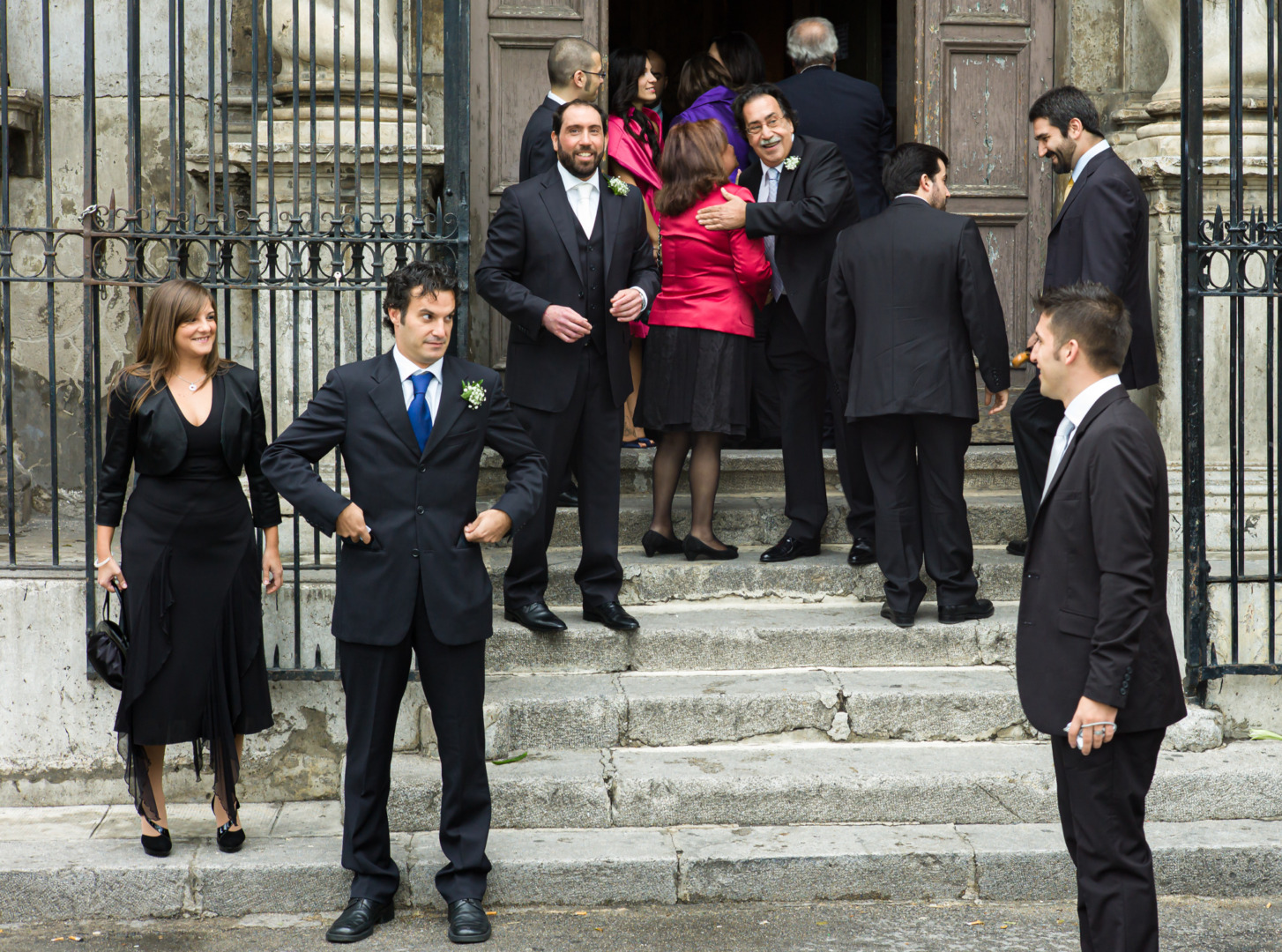
Many rangefinder fans choose to own an M9 or Monochrom even though they have an M10 tucked away in the Billingham. Others haven’t felt the need to upgrade for a decade. There’s just something about the M9 and much of it is to do with the CCD (standing for Charged-Coupled Device) sensor design.
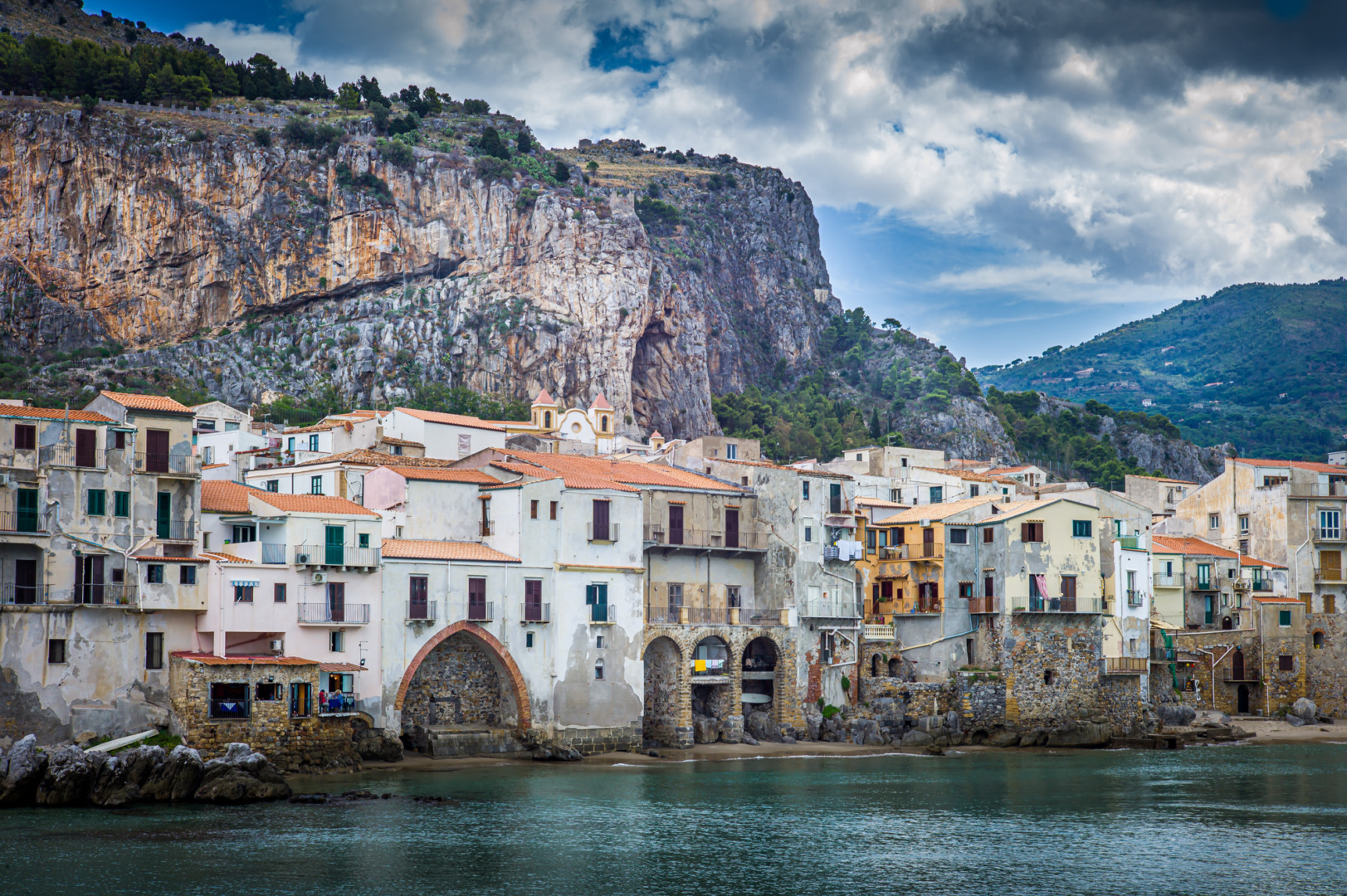
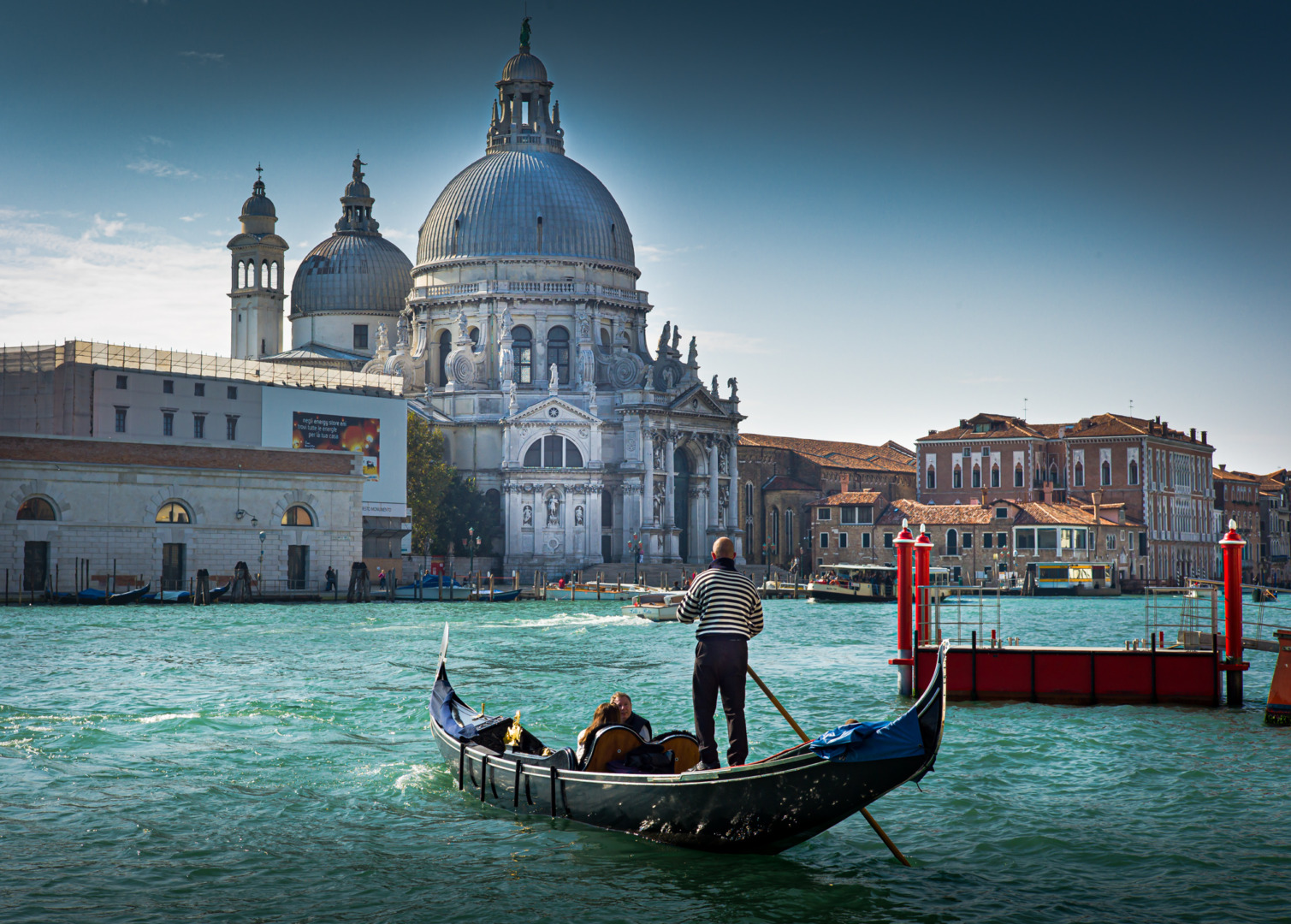

The old CCD, as opposed to the CMOS sensor with live-view that has inhabited all successor M digitals, is credited with kudos for the M9’s appeal. Users love its rendering and some are convinced that it outshines all subsequent sensors. But it’s a matter of personal opinion, and I won’t attempt to lead the discussion on the issue. It’s a well-rehearsed argument that has occupied hundreds of pages on Leica forums, so a little research will tell you all you need to know. And it will confuse you even more.


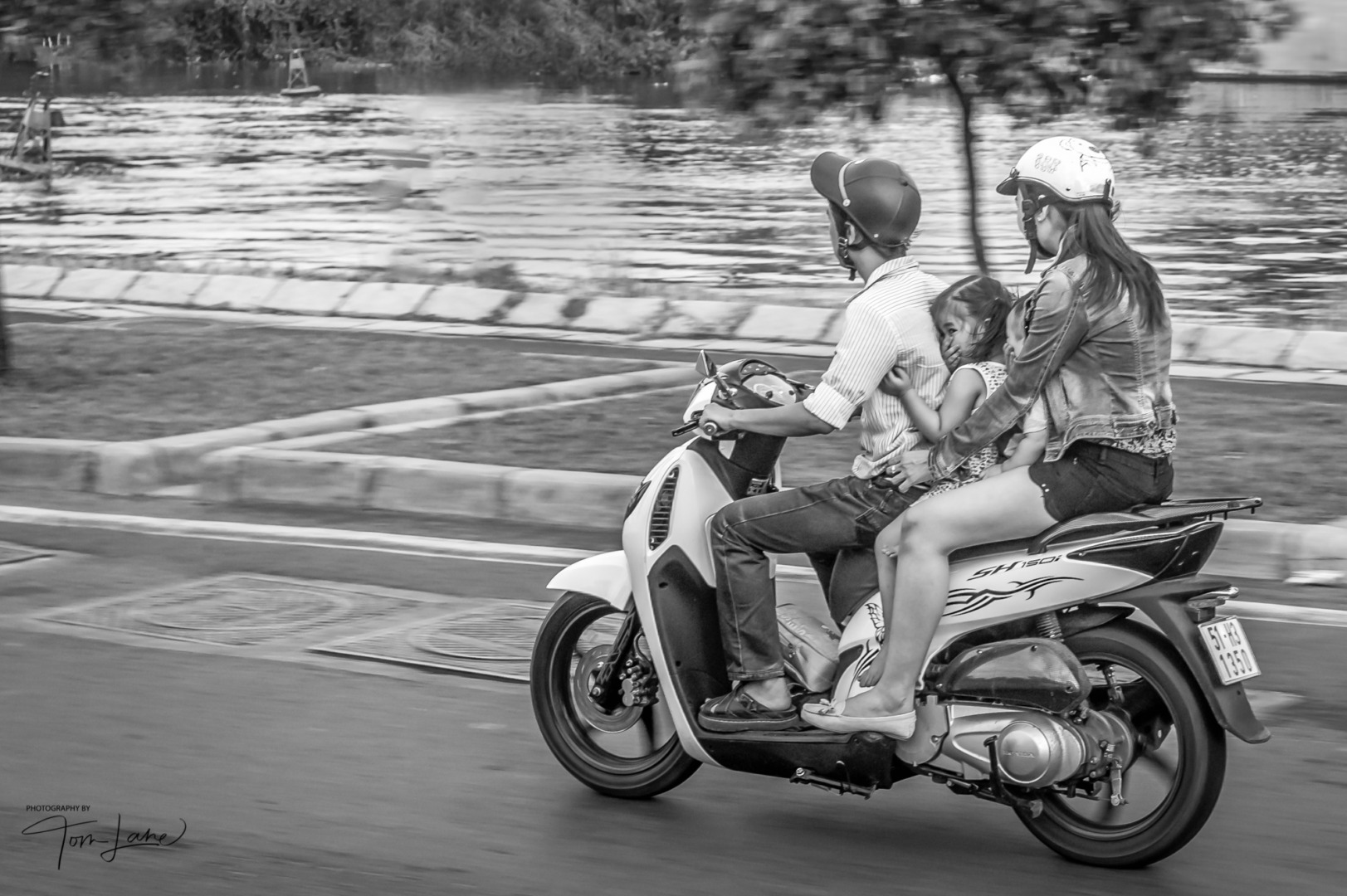
Whatever the output, the 18 MP colour sensor of the M9 does have its limitations, and not just in the pixel count. It is no low-light demon, inhabiting a world where 400 ISO is rather daring and 1600 (top whack is 2,500, but most users don’t dare) is adventurous. The camera has no live view, therefore no EVF option, and the low-pixel screen, straight out of the noughties, is best reserved for menu selection duties. That said…
Monochrome lore
There is also a feeling among the cognoscenti that the original CCD Monochrom is the best of the monochromes. I remember a long chat with a Leica technician which took place after the introduction of the M240 but before the arrival of the CMOS-based M246 Monochrom. I’m no technician, but the gist of the argument was that the stacked architecture of the CCD sensor is better suited to monochrome treatment than is the CMOS sensor. It could well be an old technicians’ tale, but the possibility of better results does influence some buyers.
This, though, is only a part of the story.
Built-in obsolescence
Back in 2009, there was much concern in techie circles about “digital rot”, something that had nothing to do with the M9’s later corrosion problems. Rather, it referred to the obsolescence that is built into all digital devices; a fact of digital life that encourages frequent binning and re-buying of the latest technological wonder.
Digital cameras, in general, are blighted by this constant quest for denser sensors, better autofocus and a rapidly expanding list of tricks that collectively conspire to lighten consumers’ wallets. In many cases, new features are not of any great use, at least for the majority of users, but they play a big part in choice when box-ticking of features comes into play. A good example of this is video, which few wanted when it appeared on the M240 and which, sensibly, is omitted from the M10.
Immunity
Somehow, Leica’s M range is relatively immune to upgrade lust. This is easy to understand. Instead of majoring in feature bloat, Leica’s digital ambitions were always geared towards creating a digital version of the M3. They nearly achieved it in terms of dimensions with the M9 but then went all bloated with the M240, not my favourite digital Leica.
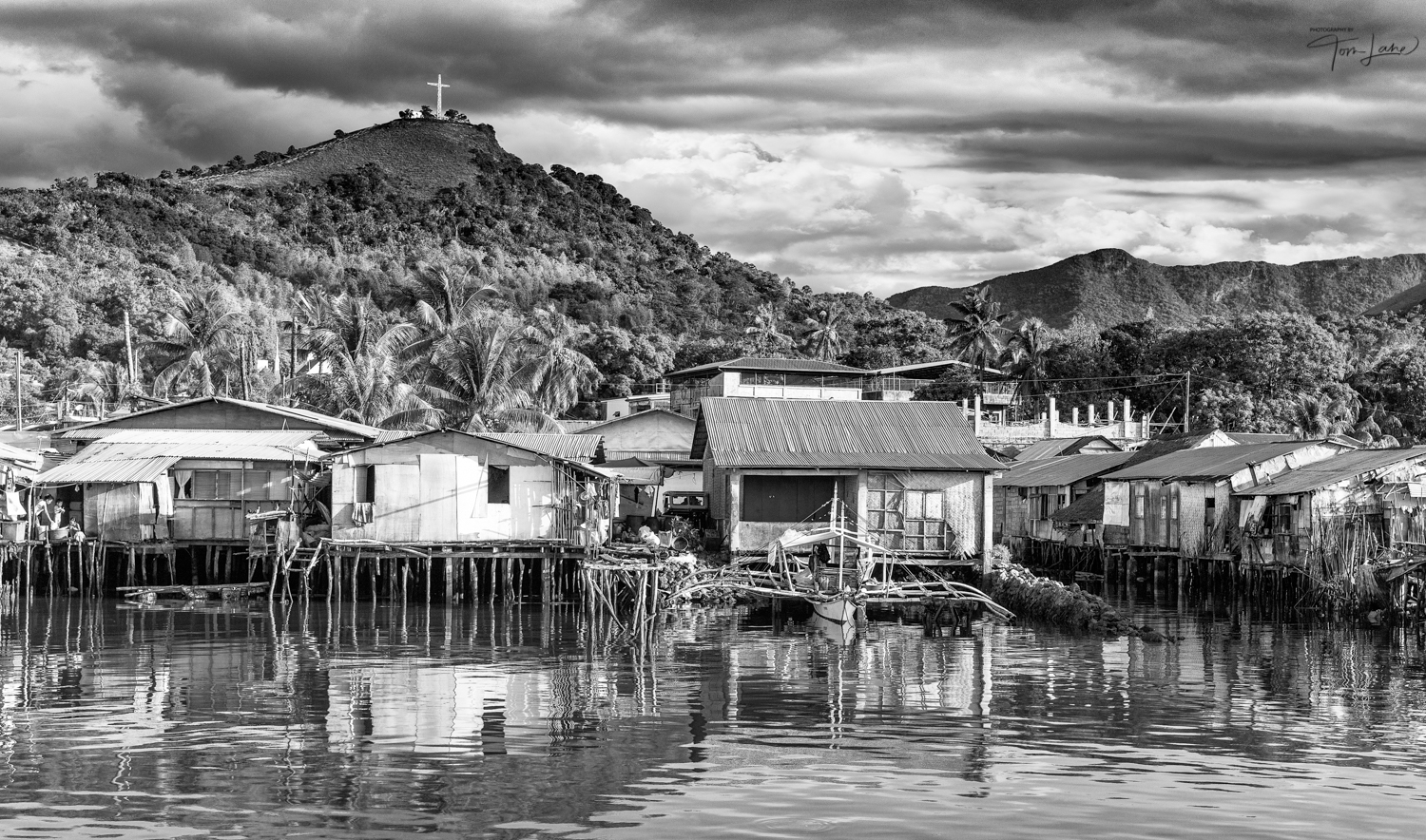
With the M10, Leica did reach its ambitions in creating a camera with the dimensions of the traditional film body. While it might be a tad higher than the M3, it’s a dead ringer for the M7 in footprint and height. It feels and looks like a Leica of yore. That’s just the ticket for many Leica owners.
By its very nature, the rangefinder is free from many of the distractions that drive the mirrorless world to ever greater lustful tendencies. Who would have thought that a mechanical range/viewfinder mechanism from 1953, still resolutely “analogue”, would be the saviour of the M?
Owners of Leica’s rangefinder are not concerned with autofocus speed, face detection and so many of the folderols that vie for the attention of camera buyers. Nor, and this is a big exception, do M owners lust after svelte new bodies with substantial handgrips and sticks of joy. What they want is what they’ve always desired: A camera that looks, feels and handles like an M3 but doesn’t need a film.
This is why Leica’s digital rangefinders live on through the generations (of cameras, that is) and hold their value so well. In terms of features, there is little to think of beyond the sensor; and we have seen with the M9 that even an ancient sensor can be deified to a point where some prefer it to the latest multi-pixel offerings.
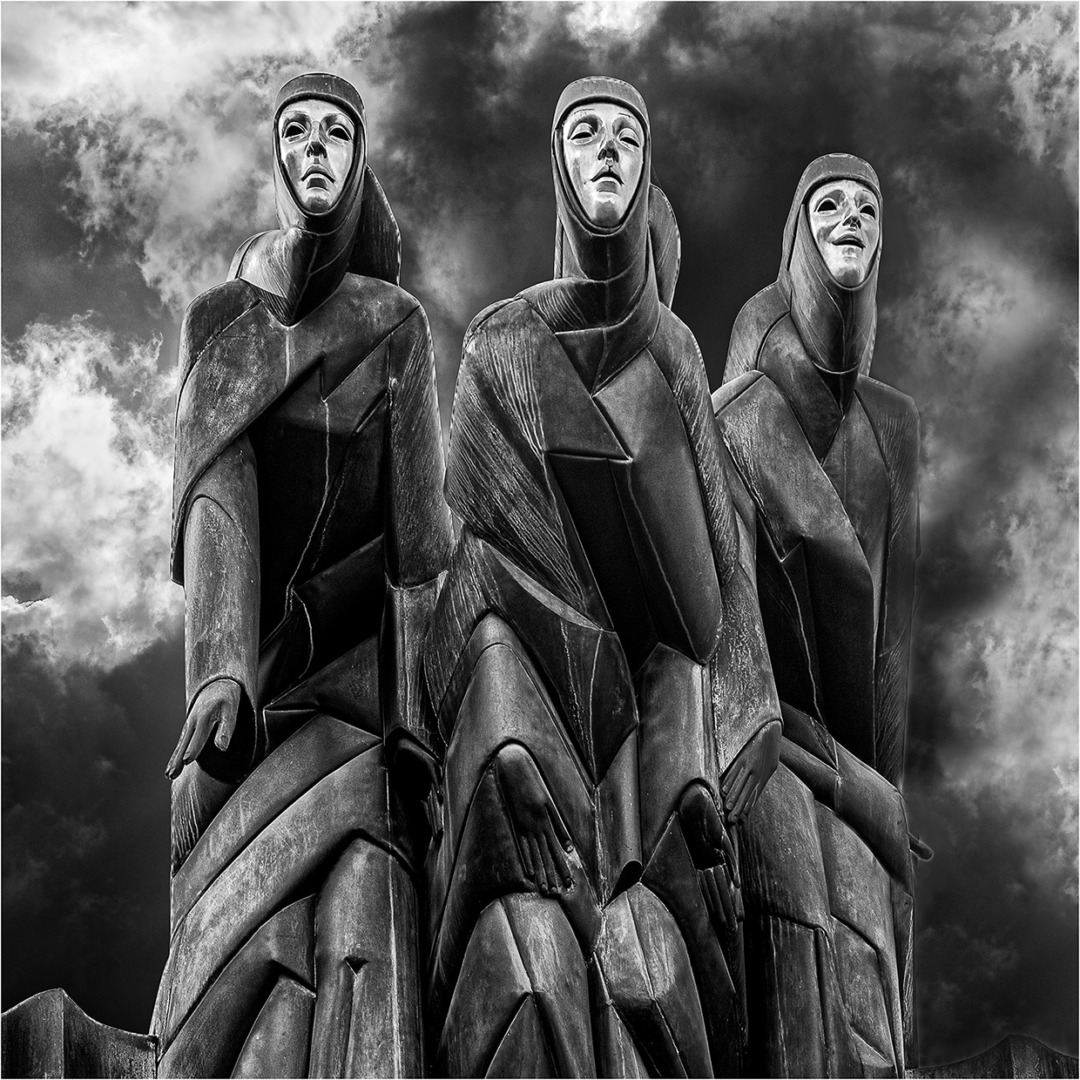
Faithful following
My theory is that M digitals will continue to have a faithful following and that secondhand prices will reflect this demand. These cameras, from the M9 to the M10, will continue to take wonderful photographs for as many years as the technology holds together. This is, of course, the biggest caveat. Some Leica classics, such as the Digilux 2, are still going strong in all their 5MP glory even after 17 years, but there must come a time when the electronics give up.
This brings us back nicely to digital rot and its physical manifestation in terms of M9 sensor corrosion. When the rumours of degrading sensors in the M9 and Monochrom came to the attention of the press, it was clear that Leica had a major disaster on its hands. Would the same problems occur with later (CMOS) cameras? What would Leica do about it? There was a real crisis of confidence in the air.
Fortunately Leica did step up to the plate and offered an effective series of measures to keep owners happy. Free replacement, then discounted replacement and, now that the programme is finished, advantageous upgrades to later models, avoided what could have been an existential crisis for the company.
The saga and its solution is a long story that has consequences for any owner or potential buyer of these CCD-sensor cameras. Not all replaced sensors are equal and, of course, not all cameras on the market have been treated. There is a distinct danger of inadvertently buying an M9 with a sensor that may, in the future, suffer from corrosion. That would be more than careless in view of the warnings.
That’s why great care is needed when looking for a used M9 or first-generation Monochrom. Early replacements used exactly the same sensor as that installed in the original cameras, thus casting doubt over long-term reliability. Sadly, these cameras are almost as unloved as those that still have the original sensor. After a certain date, which should be graven on the heart of any M9 fan, Leica used newly manufactured sensors that are claimed to be immune from the corrosion problem.
Buying an M9 or Monochrom Mk I
Advice came from Ivor Cooper at Red Dot Cameras in London. His recommendation is that you should buy only M9s that had sensors replaced after September 2015. Confusingly, in the case of the Monochrom, that date is January 2016. Nothing earlier than October 2015 or February 2016 or you could catch a cold. Documentary proof of the upgrade should come with the camera, although dealers can query the Leica database to discover what work has been done at the factory. The date of the replacement is crucial.

If I were in the market for one of these cameras at the moment, I would prefer to buy from a reputable dealer such as Red Dot. Not only do dealers refuse to take in questionable cameras, but they also have to offer a limited warranty and therefore need to be sure of the camera’s provenance.
Replacing a sensor is a costly business. Even if you use one of the US-based third-party companies, the cost will represent at least half the value of the camera. Consequently, there is no room for chance here.
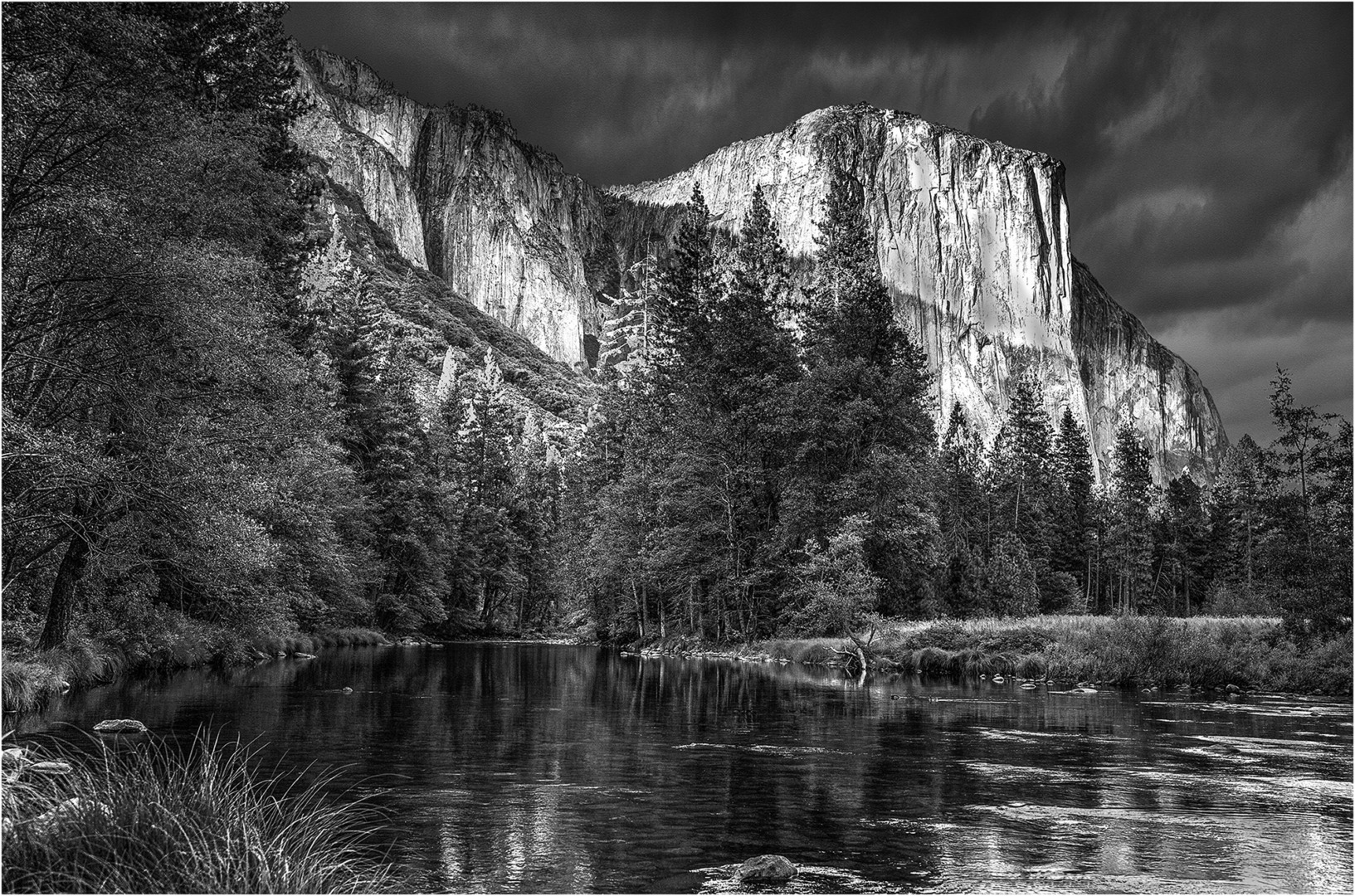
What to pay
Again, Ivor Cooper at Red Dot is as good a guide to second-hand values as you can get. The prices he quotes are based on bodies with proof of sensor replacement from the dates quoted above. The original M9 has an average asking price of £2,000, with a pristine, low-actuation boxed version gaining £200. Similarly, a less desirable version could cost as little as £1,800. The ME, which was produced for a time after the M240 was introduced, attracts similar prices.
M9-P models, which are always more desirable, range from £2,300 to £2,500. I do wish Leica would produce the -P model at a slight premium at the same time as the base model, but that’s marketing for you.
Monochromes models have always attracted a higher price and this is particularly true of the Monochrom Mk I because of the dulcet Siren song of that CCD sensor. Expect to pay between £2,800 and £3,100 for a nice Mark I, depending on condition and use.
When you look at these prices and compare them with the original list price, there is considerable food for thought. The M9 cost around £5,500 in its heyday and the Monochrom was a thousand more. Digital Leicas depreciate slowly (but are never going to appreciate as do Leica film bodies unless there’s something special about them such as being the first prototype Monochrom, serial number P001).
You will undoubtedly find cheaper cameras on eBay or from private sellers. But with the M9 and its history of sensor corrosion, the old legal warning of caveat emptor has never been more baleful.
Conclusion
Get your head around all the caveats and the original M9 and Monochrom cameras are capable of wonderful results and inspire a sense of pride in ownership that is lacking in some later designs. The traditional nature of the rangefinder, which thrives on minimal change, is the best guarantee of longevity. If you get a good one, you’ll love it and keep it.
We are grateful to fellow Leica Society member Tom Lane for the use of his excellent M9 and Monochrom images used to illustrate this article. Thanks are also due to Red Dot Cameras in London for information on buying a used M9 or Monochrom.
Joining the Leica Society
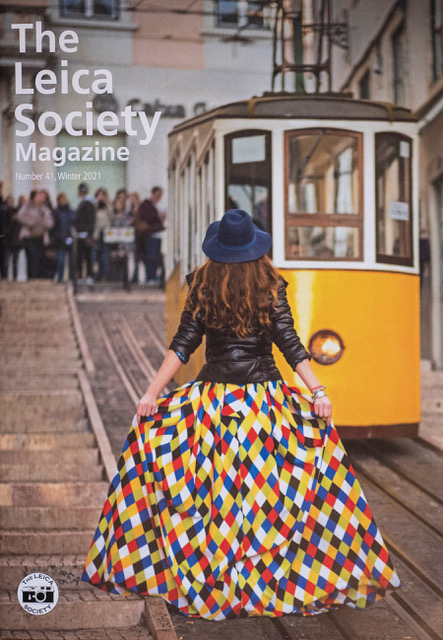
One of the big attractions of using a Leica, particularly an M rangefinder, is the sense of camaraderie when you meet fellow owners. As you walk down the street and spy an M in the hands of a passer-by — whether a digital M or an older film camera — you feel a distinct affinity and are emboldened to start a conversation. So joining a Leica club is a logical decision for many enthusiasts. In Britain, we have two organisations, the Leica Society, and The Leica Fellowship which is mentioned in the above article.
The Leica Society produces an excellent quarterly magazine, edited by a real pro, Christopher Angeloglou, which is part of the membership package. The annual meeting, which this year takes place in Buxton, Derbyshire, over the weekend of April 8/9 this year, is a great opportunity to meet fellow enthusiasts and attend presentations by leading experts.
Membership benefits
- An A4 Magazine, published in colour, four times a year – with a large archive of back issues available to download in pdf format.
- Members can advertise in the magazine, free-of-charge, when seeking, selling or swapping items.
- Participation in a ‘portfolio circle’ sharing your images with others who share your interests. NB Overseas members may only join Circle D, the digital circle, due to the prohibitive costs of mailing a printed portfolio outside the UK.
- Access to meetings and events during the year, including Leica Weekend and unique knowledge, experience and expertise in all things Leica as well as field trips to meet up and take photographs at interesting locations.
- Opportunity to show images in the exclusive member gallery on the website.
- Attending and participating in the Annual Exhibition.
All this for as little as £30 a year for an individual, under a penny a day. Joint membership for UK residents costs £45. The cost for European residents outside the UK is £44 (approximately €55) and other overseas residents pay £53.50 (US$85). It would surely be churlish not to join!
Find the membership application form here
Make a donation to help with our running costs
Did you know that Macfilos is run by five photography enthusiasts based in the UK, USA and Europe? We cover all the substantial costs of running the site, and we do not carry advertising because it spoils readers’ enjoyment. Every amount, however small, will be appreciated, and we will write to acknowledge your generosity.

Actually the biggest problem these days with all variants of the M9 (and the M8) is the unavailability of new OEM batteries and the hit and miss compatibility of 3rd party batteries with Leica’s charger and camera electronics.
The M9 Monochrom remains my favorite digital camera and the one I use most, but the time will come when I won’t be able to shoot it for lack of electrical power.
I hadn’t realised that this is a problem. At least the M9 battery could be provided by third parties. This is not the case with the M11, Q and SL where the batteries are special. Where will we be in a few years’ time when Leica stops production?
I’ve bought cheap Chinese knock-off M9 batts on eBay ..and they last a couple of hours, and that’s it! So M9-fit batts certainly are available, but you have to find a decent brand – maybe Ansmann do them – for them to be worthwhile buying.
No; can’t find any Leica-fit batts on Ansmann’s site, but hunt carefully in battery specialists’ sites and you should find some decent ones.
I still have my M9 bought new when it was released I have never wanted to upgrade it does a fine job for me, the only Leica I had before was a new M3 so that gives away my age, I never got into the CCD v CMOS stuff I was just happy with the camera, I had the sensor replaced of course and I once dropped the base plate and bent it but got it sorted with pliers and a cloth for protection, it’s definitely my camera being a black one lots of brass showing looking battered. I love it.
Thanks, Jason. Although I made a case for the M9 and M9 Monochrom, I don’t own either of these cameras. I’ve been in and out twice – on both models – but have now settled for more modern M bodies. There is a touch of nostalgia attached to the CCD sensor and everyone has their own views. It the very least, it’s an interesting phenomenon and definitely makes a good discussion point…
I have 3 M9s and I am dreading the day when they start to fail, even more dreading the day when the last one dies. I’ll keep using them until then and cross the bridge when I get there. I am a very happy M9 user.
I enjoyed the article about the Leica M9; I had a preowned one for a short stint and returned it prior to the CCD corrosion issue. It was pretty much self explanatory, however I came across some small quirks I could not trouble-shoot without the instruction manual. I will admit it give you the impression of the Kodachrome (K-64) slide film. It seems like to me Leica should be able to install an 18 mp CMOS sensor; or remanufacture a brand new CCD at 18 to 20 mp.
I enjoyed the M9 photos as well. Where about in Sicily was the wedding and the sea tuck coastal village? I lived in Sicily for a year.
Thanks for your comment. The Wedding image was taken in Palermo; and it was Mike Evans who worked out that the coastal village was Cefalou. I’m afraid one of my biggest failings is not making a note of where I take photo’s, I always take a note book and have good intentions but then never use it.
Actually, it was Chris Rodgers who had holidayed there and passed on the information via me. I added my two penn’orth by pointing out that Cefalu probably comes from the Greek for head/headland (or at/of the headland). It could date back to when Sicily was Greek. But Italian speakers may have a different interpretation… In sympathy with Tom, though, I’m also bad at keeping notes of where I’ve taken pictures, especially with landscape stuff.
Thanks Tom, for your reply back about the 2 locations in Sicily. I traveled just about everywhere in Sicily except for those 2. I was suppose to go on a group free bus tour to Palermo and overslept. By the time I got quickly dressed and went outside, the bus just had pulled off. I learned about Cefalu after coming back to the USA. It is a beautiful place from the photos. The places I had visited was Gela, Agrigento, Piazza Armerina, Caltagirone, Catania, Taormina, Naxos, Messina, Enna, Scoglitti, Chiarmonte, Acate, Ragusa, Marina di Ragusa, Comiso, Vittoria, Siracusa (Syracuse), and even to Rome on a 16 hours train-ride.
The most interesting thing is when the train arrives in Messina; all of the trains are off-loaded from the tracks onto a ferry which takes you across the Messina Straits to the main land at the toe of the boot, which is 30 minutes. The trains are put back on the tracks heading north to Rome. You are right about the Greek influence from over 1,000 to 2,000 years ago and even the Arabs and Phoenicians.
I took a lot of photos. I only wish I could have discovered the Leica M or LTM (Barnack) camera at that time. I just did not know that they was very renowned world-wide. I had an Mamiya/Sekor 1000 DTL 35mm SLR camera at that time and taken photographs everywhere I went. I would drop my film off for processing at this Italian camera shop in downtown Comiso. They had all sorts of cameras including the Leica M and LTM (Barnacks) in the store windows and showcases. Years later back in the states, I traded for a Nikon system and years later the Leica system, which I have been using for almost 24 years. I am aware of the fact that it does not matter what camera you use. It is the end result and the person behind the camera know what they are doing. The Leica M camera has an nostalgic old-world appeal to it and yet the Bauhaus design is modern at the same time. To me it is like a classic timeless design, that includes digital M’s as well. One thing I should have mentioned earlier discussing Sicily, there is a book called “A photographer In Sicily” by the Italian photographer author himself, Enzo Sellerio (deceased). Not sure when the book was published, but the photos are from the 1950s in Sicily in B&W using the Leica. Another Italian published Leica photographer, Berengo Gianni Gardin, who is well known. He will be 92 this year and still making photographs as far as I know.
His most famous photograph is ” In vaporetto” of 1960 in Venice, Italy. Tom, I apologize for the long-drawn correspondence. Hope Mike Evans reads this. Look to hear back from you and others.
Thanks for this. Fascinating background. Mike
You welcome.
I purchased a new open box Leica M9 about 3 years ago from a dealer and love it. I replaced my horribly unreliable M240 with it. In my opinion it has a rendering like slide film and I love it. I will replace sensor if it ever goes but I managed to get a five year warranty from Leica after extended negotiations with my camera store.
I have the M10 monochrome and the M9 and love them both equally. They both motivate me to go out and enjoy simplicity in my photography. I find a real pleasure in the captured images and in the process of capturing them. The great thing about my M9 is I feel no need to upgrade.
I treat it as an ISO 400 camera and have no problem doing that coming from film days. I have my SL2 if I need higher ISO images.
I think the M9 has a lot going for it, hence the high value years later. In my experience, buying most Leica cameras and glass is generally a good investment (the Leica S medium format clearly an exception).
.
“..the M9 has a lot going for it..” ..oh, I know just what you mean Brian: that low resolution screen on the back; about three seconds’ wait before an image ‘sharpens up’; the really noisy ‘clanky’ shutter; the over-sensitivity to bright light near the edges of the frame! ..Those all make for a terrific all-round camera.
Personally, I prefer the old Epson R-D1: life-size (instead of 70%) viewfinder; fast and simple White Balance selection (no menu-diving); fast and simple Quality (resolution) selection (no menu-diving); all-in-one ‘traditional’ shutter-speed, under/over-exposure and (always visible) ISO selection (again; no menu-diving); compatibility with Leica’s Dual Range 50mm at all normal focusing distances! (..though, admittedly, close-focusing is guesswork); plus built-in electronic filters – including blue!; three personalisable (is that a word?) settings to emulate Film 1, Film 2 and Film 3 (as well as Standard) with three steps each of Edge Enhancement, Saturation, Tint, Contrast, Noise Reduction and Contrast; oh, and a sensor which doesn’t fail after three years.
Admittedly, it’s a 6 megapixel camera ..but you can do a lot with 6 mpxl and Leica lenses! And it does have that excellent life-size viewfinder!
I am delighted that you love your Epson And I will love my M9.
M9, unfortunately I have nothing positives to say about it, I was glad to get rid of it all years years ago.
.
The only thing which the M9 had going for it – apart from being the first digital M with a full-frame sensor, was that it had that little cutaway ‘shoulder’ on the left hand side (..as you held it; or on the right as you looked at it..) which made it appear smaller, or slightly more squat, than the previous M8 and the subsequent models.
The M9 thus looks more compact, and so gives the suggestion of being a lighter-weight camera, than its previous and later digital Ms.
As a camera, though, it was like having a high quality manual focus Polaroid (instant result) film camera and without having to reload every 36 shots.
Dear Mike,
thanks for sharing your ideas and knowledge. The M9 is the epitome of a Leica product for me. It is at least as much about emotions and expectations as it is about hard facts. Nothing wrong with CCD legends (or perceptions) and may everyone become happy in their own way. In the facts department, the M9 has a number of indisputable shortcomings. You may see them as a challenge of course, and there is no doubt that a talented user will take great pictures with an M9 even in another twelve years‘ time as long as the sensor will not be destroyed by corrosion.
Probably some readers might be interested in my own experience with an M9: https://www.macfilos.com/2020/08/21/medieval-construction-site-medieval-leica-digital/. I thoroughly agree with Mike that any potential buyer is well advised to buy from a reputable dealer. And if you have no luck with finding a good M9, do think about a Leica M Typ 262. Even if its form factor is a bit less attractive (but for me not as much so as for Mike), it is still a great camera in my eyes. Stay tuned here on Macfilos, you will read more about this one in due time.
JP
As much as I loved my M9 (I could have lived with that camera forever) there are qualities to it that are archaic by todays standards. The buffer was always an issue for me, slowing down to no pictures until cleared and feeling like an eternity. Yet, I could shoot the camera today and be very happy. The color issue and rendering I find an interesting argument however I am not sure it holds water. Perhaps sooc images are more pleasing and for those that don’t want to post process it would be a valid reason to own the camera but once lightroom is mastered within a color calibrated system that argument goes out the window. There is much Leica lore, the internet has magnified it ten-fold, I know because I’ve been shooting Leica since the 1970’s, and I can’t help but feel the M9 sensor’s reputation is certainly in the lore camp. The Leica S2 and S006 also have the Kodak CCD sensor, perhaps the exact same, and they corrode like the M9 sensor, yet they wither in price like all other digital cameras, quite a shame for a cameras selling for over $20,000 when new. Anyone that wants a great setup at a bargain price, pick up an S2 or S006 (replaced sensor) and a 70mm lens, the images will astound.
Mike, thanks for a great article, I know you didn’t want to debate the pros and cons of the sensor but I want to give the perspective that it might not be all it’s said to be. One last thought, I find that the lens I attach to my camera has a profound effect on colors, for anyone who wants to have some fun, attach a Zeiss lens and Leica lens to your camera and see the difference a lens makes.
Thanks, Daryl. I think we’re very happy to discuss the pros and cons of the M9 sensor. I my main point was that it has a faithful following, for better or for worse, and it’s something we could usefully explore. So all contributions welcome!
Aren’t those shots bit over processed?, or it’s just a CCD marvel. I never got nothing like that with my M8 CCD: actually rather pretty full of dust spots!
I’m sure Tom can answer that. They certainly aren’t OOC jpegs. But I like Tom’s processing and I suppose it’s a matter of personal taste.
As Mike mentions, it’s a matter of personal taste and this is the style I like. I would add that the only processing I have used on any of these images is to adjust the Black and White sliders to make sure I have a perfect black and white, which I feel is even more important with Monochrome files. I do use sharpening and the mask to select which parts of the image I want adjusted. I will also add a touch of contrast if considered necessary but never increase the colour saturation.
It may also be worth mentioning that I process all my images for printing and this could be another factor for them appearing over-processed to some.
..And yet there’s such a lot of grey in them, Tom, and I don’t see any “..perfect black and white”.
Take the ‘Coron Village’ or the one above that; ‘Family transport in Vietnam’. There seems – to me! – to be more ‘mid grey’ than one would normally see, and a real absence of solid black and vivid white. It’s weird: I have to turn up my (MacBook Air) screen brightness to an almost uncomfortable level – almost maximum brightness! – for the photos to look anywhere near ‘right’ ..for me, on my screen.
But I s’pose that’s perhaps the difference between looking at them on a backlit screen compared with looking at a print under a bright light. But they seem weirdly full, on my screen, of – what appear to me as – rather depressing ‘mid-tones’.
But then, as Mike says, “..I suppose it’s a matter of personal taste”.
Thanks for the comment David but I find it difficult to accept that there isn’t a perfect black and a perfect white in my images. When I used to print in the darkroom I had a sheet of paper which hadn’t been exposed to light and one which had been exposed for a long time and then developed. These were then used as a reference with the final print to ensure that there was the perfect black and white. Digitally I use both the histogram and the black and white sliders in Lightroom to check for the same. I use an ICC profile for my monitor, printer and different types of paper and check that the monitor is correct once a month. The papers only need profiling once but each time I use a different brand, or type, I duplicate the process.
As you probably know, the object of using an ICC profile is to make sure we are all viewing images in the same way and assume that you calibrate the screen on your MacBook Air accordingly.
Best regards, Tom
Perfect black, perfect white? Sounds absolute. Nothing to do with personal taste. Some people like fish and chips
Thanks Tom
Also color makes ring some bells for me
Russia is too Fuji like
Philippines, turquoise
Venice sky dome strangely contrasty against a dark sky
Sicily cloudy day with a shiny house front
That’s not to be itchy, just it would never come out the CCD I once had.
Finally, the matter of taste can work for anything. I process each and every of my outputs, but the point is it’s impossible to determine the character, even quality, and also the brand of a sensor due to the always present edit work.
BTW, I am shocked to read that the M9 still has an asking price of £2,000! That’s what I paid for mine (pristine, low-actuation boxed version) back in… 2013!
Prices can fluctuate because of supply and demand. For instance, the arrival of the M11 will create a glut of M10s and M240s which will result in a temporary weakness in the prices of all used digitales. I suspect the M11 will draw in a lot of part exchanges.
Funny! As I read this article I am seated in front of a large B&W print of “El Capitan”, shot with my M9 from likely the exact same spot as the one from Tom Lane illustrating this article. Processing is even very similar !!! We probably both read the same Ansel Adams books 😉
I still have that M9 as a backup to my M10, although I don’t use it much if at all. It unfortunately developed sensor corrosion very late which means that I missed the Leica maintenance options. I considered having it fixed by Kolarivision but kept postponing that decision due to hassle involved with customs declaration and likely taxes on the repair on the return from the US, and also the fact the the corrosion is still rather limited and not much worse than dust bunnies.